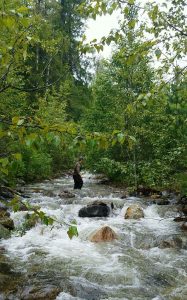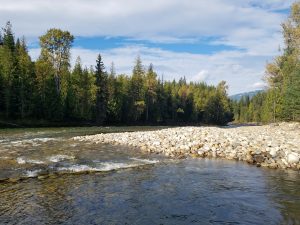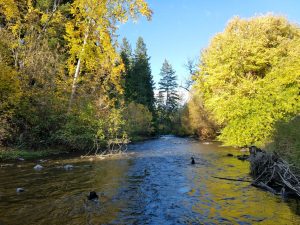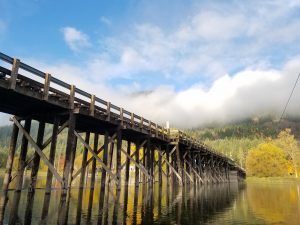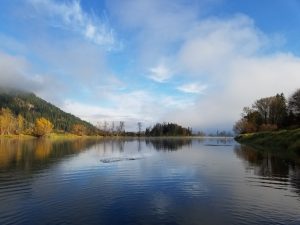The identification of the source(s) and transport mechanisms of phosphorus and nitrogen in the Lower Shuswap, and Salmon Rivers


Funding for this project is supported by the Shuswap Watershed Council
This project is overseen by Dr. Jeff Curtis, UBC Okanagan
Overview
Our project focuses on the lower Shuswap and Salmon Rivers, in the reaches just above Shuswap and Mara lake . In 2008 and 2010, respectively, Shuswap Lake and Mara Lake experienced large scale algae blooms or eutrophication.
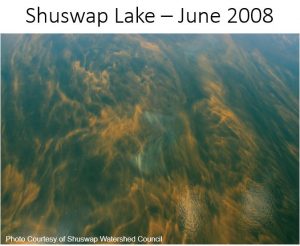
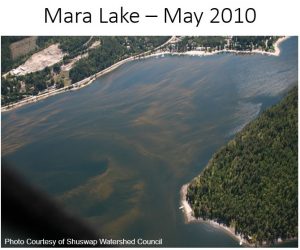
These blooms were due to excess nutrients being present, particularly nitrogen and phosphorous. Phosphorous and nitrogen are considered limiting nutrients in freshwater systems, meaning that algae and plant growth is directly related to the amount available. Therefore, if there is more of these nutrients available than what would occur naturally, there will be more growth than what would occur naturally. Algal blooms have adverse effects on aquatic life, as well as human health and the economy.
A 2014 SLIPP study concluded that the nutrients were coming in from the Shuswap and Salmon Rivers. The study did not give any indication of where the sources of nutrients were along the rivers or how the nutrients were being transported into the rivers and lakes. This is the knowledge gap our research is hoping to fill. Our objective for this research project is to obtain a credible understanding of where the point and diffuse sources of phosphorous and nitrogen are and how the nutrients are being transported into the river. This knowledge will then be applied and used to make management decisions to reduce phosphorus and nitrogen loading into Shuswap and Mara Lakes, and hopefully prevent future blooms.
Research Questions
Our research will be guided by the following questions:
- What are the background levels of phosphorous and nitrogen in the Shuswap and Salmon River?
- Are there excess nutrients that are not from the natural environment?
- Where are these nutrients coming from?
- How are these nutrients being transported into the river?
- What are the land use coefficients for the surrounding area?
Sample Sites


Photos
More Info
Background information and previous studies from the Fraser Basin Council on the Shuswap watershed can be found here:
http://www.fraserbasin.bc.ca/water_quality_resources.html
The best source of current information can be found in the quarterly reports below:
If there are any question pertaining to the project, please contact me:
Megan Ludwig, M.Sc. Student, UBC Okanagan

